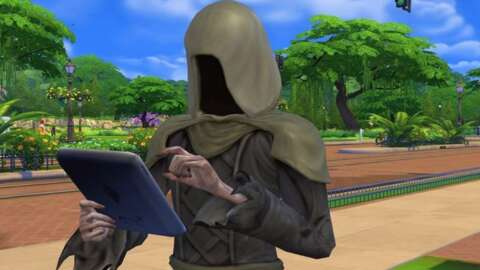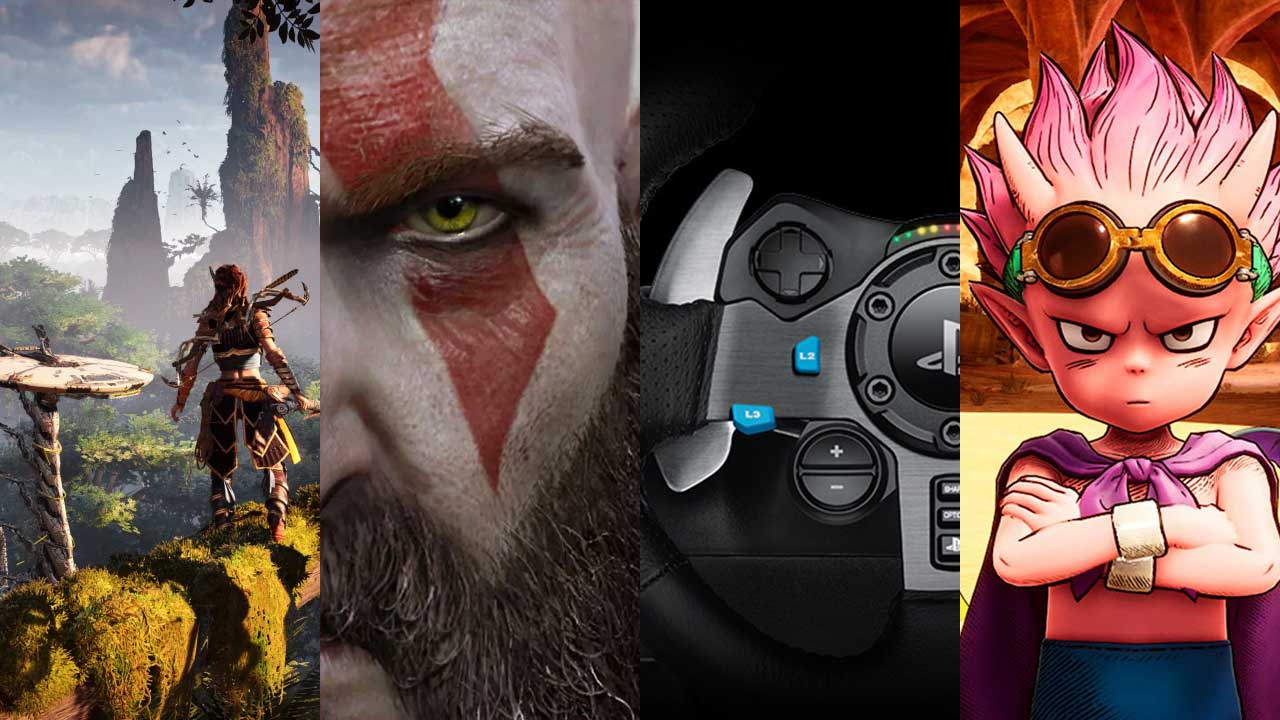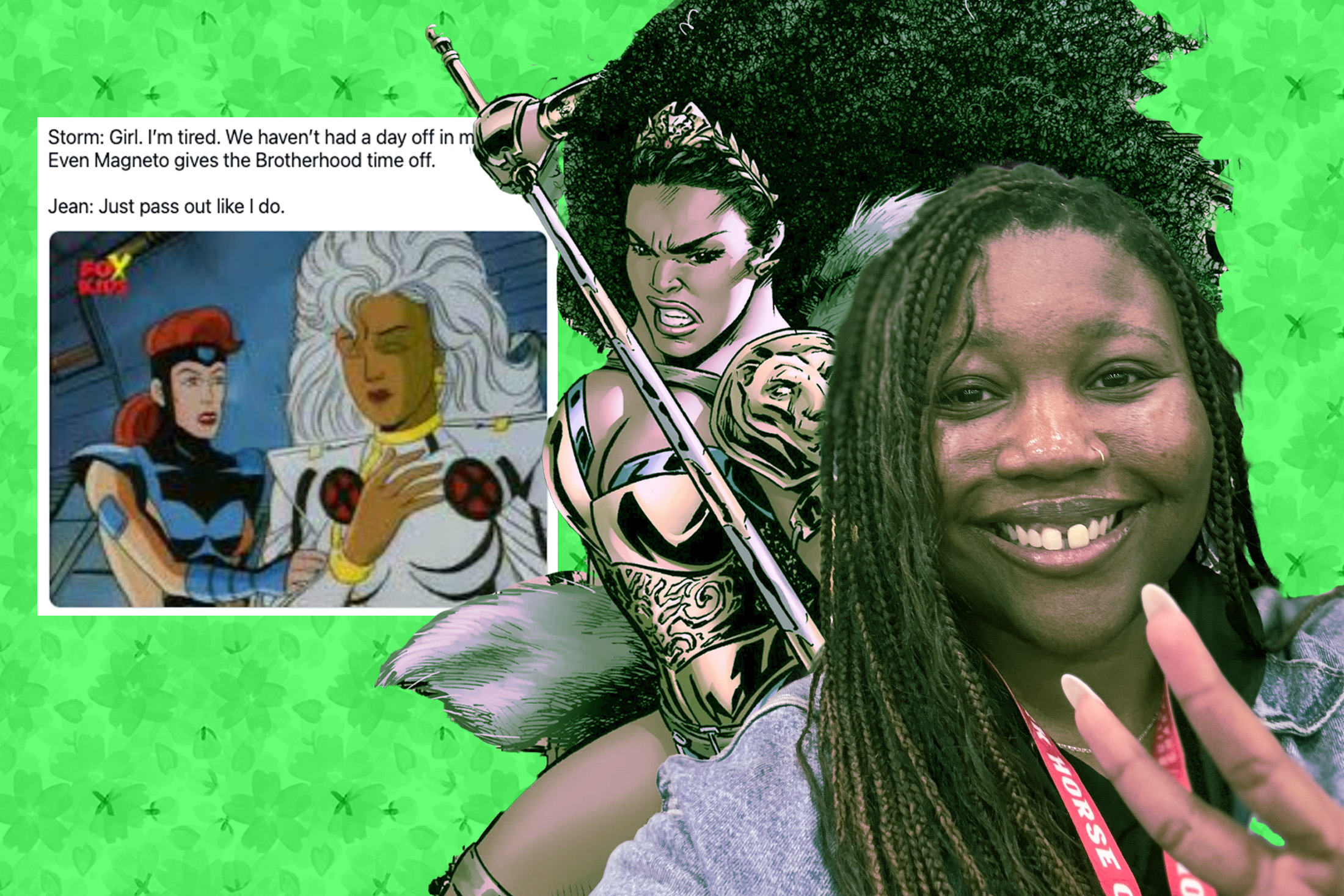If ever there was a comic book element that was destined to become the signature weapon of a video game, it’s Hellboy’s Right Hand of Doom. I mean just look at it – a massive stone fist made purely for beating the seven bells out of massive monsters. And that’s exactly what you do in Hellboy Web of Wyrd (pronounced ‘wurd’, not ‘weird’), a roguelite brawler that looks like the contents of a Mike Mignola comic emptied onto your screen.
Developer Upstream Arcade has built the crimson cambion in the only logical way; he’s basically a walking tank. Regular enemies stand absolutely no chance against Hellboy, and a single strike from his doom fist wipes them from existence. The real challenge is in the big bads who accompany them. I recently went toe-to-toe with these towering monsters during an hour of hands-on time with Web of Wyrd and found myself pleasantly surprised by how crunchy its punch-ups are.
Where many roguelites are built around fast and twitchy combat, Web of Wyrd is closer in pace to the likes of Monster Hunter and Dark Souls. Enemy attacks have long wind-up animations, each one offering a clear warning of where the blow will land. And you definitely won’t miss those tells; thanks to the sheer size of enemies and that bold Mike Mignola art style, you’ll quickly learn to side-step an overhead cleave and duck an incoming right hook.
But as with all melee fighting games, it's the way the simple fundamentals chain together that makes the combat satisfying. Hellboy’s paranormal detective gear is rounded out with a gun and magical charm – for my demo run I had his classic revolver and a talisman that repelled enemies. And so between weaving through enemy sword strikes and throwing punches of my own, I was able to push approaching assailants out of range and unleash blasts from my hand cannon. I soon learned that the gun is not really a ranged weapon, but a brutal close-up attack that can stagger even the biggest bastard when used at the right time.
A couple of runs of Web of Wyrd’s first stage – a twisting maze of collapsed roads and corridors known as the Faithless Kingdom – was all I needed to nail down those fundamentals. And as I descended into the region’s gloomy second level, the Faithless Sanctum, I was able to grasp the next stage of complexities. I soon learned all about Toughness, a recharging shield-style buffer that protects both Hellboy and his bigger foes from taking permanent health damage. It tempts you into a relentless assault to break through enemy defenses, but you always need to recognise when Hellboy needs to take a time out to recharge his own Toughness. The half-demon can take the pain, but he’s not invincible. Thankfully, he’s got his own special Payback ability, which – after taking plenty of damage – lets you unleash a power move pulled straight from a comic centerfold.
It’s a rough-and-tumble combat system that, while certainly not as sharp as the best melee fighters, definitely captures the supernatural pub brawl vibes of the Hellboy comics. It’s a shame that I was only able to break the bones of just a couple of enemy types in the demo: the generic ‘Mook’ goons and some big sword-swinging skeletal knights that occasionally come with an impenetrable shield. Hopefully there’s a broader array of foes in subsequent levels, providing both a varied challenge and a wider sample of the comics’ bizarre lore. But, with Upstream Arcade being just a handful of people, I can forgive a slim enemy roster provided the roguelite structure finds smart ways to mitigate any potential tedious repetition.
I’m not entirely sure if that will be the case, though. As with many roguelites, Web of Wyrd uses a procedural generation system to create its levels. It’s a slightly different approach than I’ve seen before, as it creates routes that twist and fold back in on themselves to form a sort of supernatural labyrinth. I love the idea in concept, but in practice it largely felt like I was being funneled down identical corridors into largely empty arenas. It’s easy to initially forgive the lack of level design variety because it all looks so authentically Hellboy – seriously, Upstream Arcade’s artists have perfectly captured Mignola’s style – but I worry it may all become a bit too familiar and empty in just a few runs.
Every roguelite battles against the threat of repetition, though, and many come out on top. Perhaps the best example of that is Supergiant Games’ Hades, and so it comes as no surprise to see elements of that mythology masterpiece illuminating Web of Wyrd’s shadows. Each failed run boots you back to The Butterfly House – a stronghold for the Bureau for Paranormal Research and Defense – and there you can chat with a handful of agents who offer new dialogue on repeat visits. Out in the field, you’ll also come across the blessing-providing Norns who often stop for a quick chat. I can’t say all this dialogue is as charmingly flavourful as that in Hades. Still, Upstream Arcade should be congratulated on their authentic replica of Hellboy’s gruff, no-nonsense attitude, brought to life through a perfectly grizzled performance courtesy of the late Lance Reddick.
With any luck, Hellboy Web of Wyrd will spin a tale that’s worthy of the comics the developers so clearly adore. The very early plot beats I played through didn’t leave me with a clear enough picture of whether Upstream Arcade can achieve its narrative ambitions, though. And so my lasting impression is just how much I liked hitting things. That was never more clear than in the boss fight against the Faithless King; a rotund undead monarch with a mountain of Toughness and no less than two full health bars. Dodging his strikes, repeatedly pummeling his armor, and hurling him across the arena with a powerful ground pound made this showdown feel like something from a Fight Club for monsters.
So many combat systems emphasize sharp efficiency. Hellboy Web of Wyrd prioritizes blunt brutality. It’s about taking punches as much as it is landing them. And of course it is. Just look at Hellboy; a seven-foot-tall bruiser with broken horns and a boulder for a fist. And it's a very good sign that Web of Wyrd’s combat absolutely reflects that.
Matt Purslow is IGN's UK News and Features Editor.







